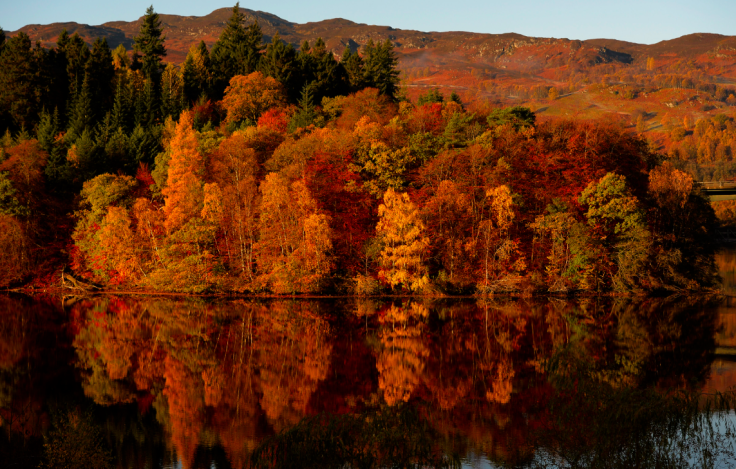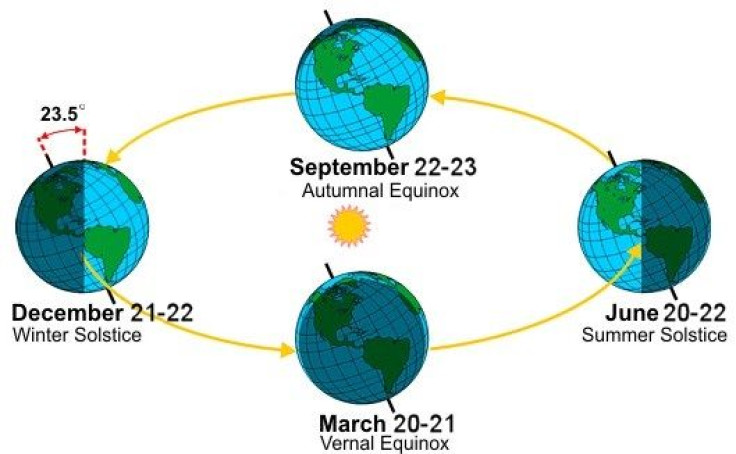Autumn Equinox 2017: Meaning, Last Day Of Summer

Even though there is still some warm weather and sun in the forecast for much of the country, summer is officially coming to an end Friday with the autumnal equinox. The equinox marks the start of fall in the Northern Hemisphere and the conclusion of the summer months. This year the event will fall on Friday, but it happens every year on either the 22, 23 or 24 of September.
But what exactly is the meaning of the fall equinox? It’s the astronomical beginning of the fall, according to the Old Farmer’s Almanac. It marks the day that the sun crosses the “celestial equator,” or essentially the equator. When it’s in this position, locations around the equator get about equal parts daylight as night time. As the sun continues past that line, the days in the North get shorter and the days in the Southern Hemisphere get longer as summer arrives there, and winter arrives in the Northern Hemisphere. The meteorological autumn season actually starts on Sept. 1, just a few weeks before the equinox.

In the Northern Hemisphere the signs of fall are pretty easy to spot, typically days with temperatures of 70 degrees Fahrenheit or lower, and nights of below-freezing temperatures. Even if it doesn’t quite feel like fall in many parts of the country you know it’s here because pumpkin spice marketing has replaced summer themes, some leaves are even beginning to change and football season is starting.
Days will shorten by an increasing amount as we get deeper into fall but in some places the days of light hours shorten faster than in others. The further north you get, the larger the decrease in daylight is each day. For example, on Thursday in New York City, N.Y., there were two minutes and 40 seconds less daylight than there was on Wednesday. But in Miami, Florida, closer to the equator, the different in daylight hours between Wednesday and Thursday was just one minute and 30 seconds, according to Time and Date.
As the Northern Hemisphere gets deeper and deeper into fall, dawn will come later in the morning and the sun will set earlier at night. The sun’s arc across the sky will also shift further and further south.
During the spring equinox, which happens in March, the days are again comprised of nearly equal parts sunlight as night time. This happens because during the spring and fall equinoxes the Earth is perpendicular to the sun. Usually the Earth is at about a 23 degree angle either tilted toward or away from the sun, so when the planet is simply perpendicular to the sun there are nearly equal night and day periods.
Equinox is used to mark spring and fall while the solstices mark summer and winter. The winter solstice, which will be the next season marker after the autumnal equinox, marks the shortest day of the year and the longest night. This year the winter solstice will occur on Dec. 21.
© Copyright IBTimes 2024. All rights reserved.











